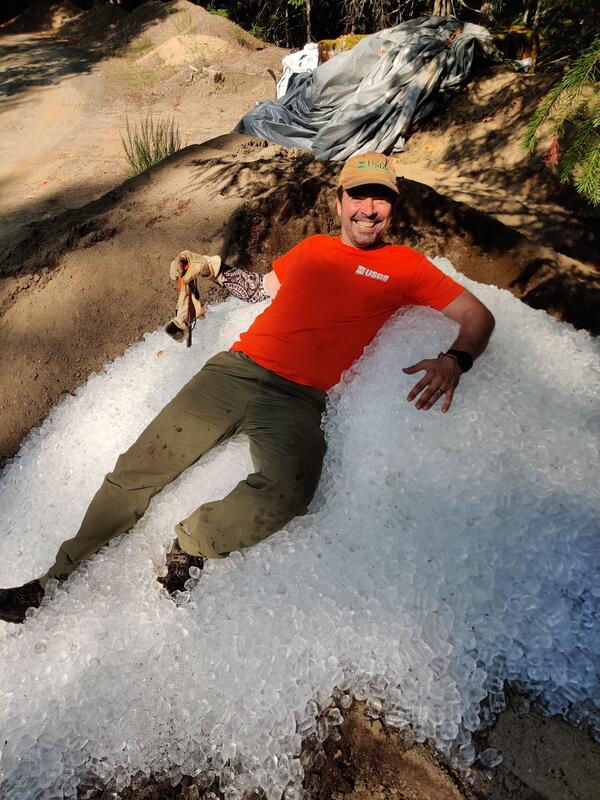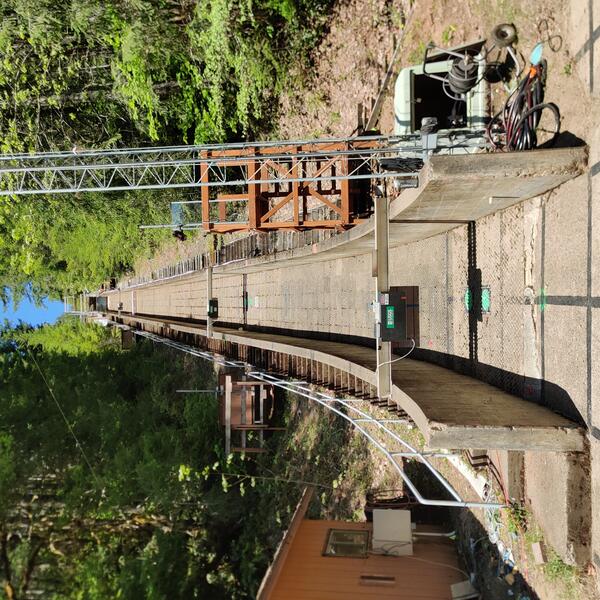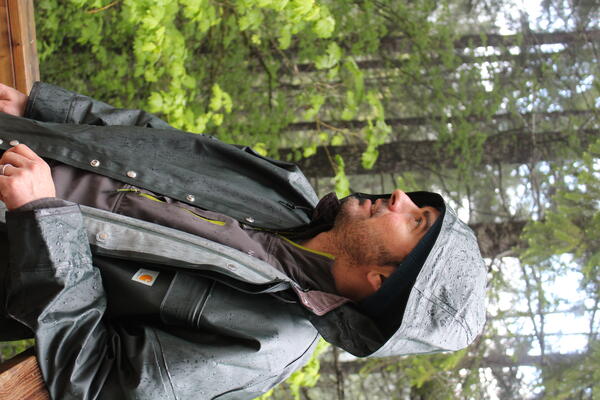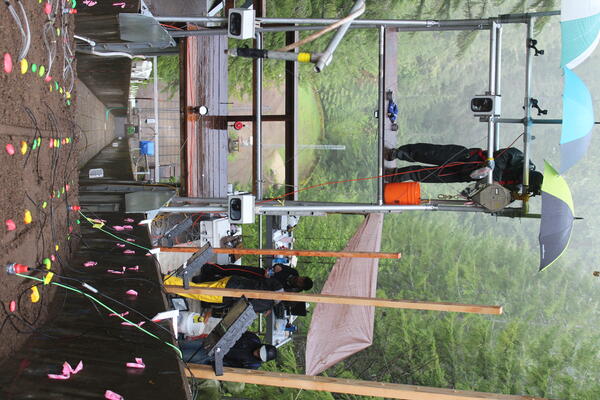Get to know CVO: Maciej Obryk and the USGS debris-flow flume
Did you know that the U.S. Geological Survey (USGS) has what looks like a 312 foot-long (95-meter-long) amusement park ride tucked into the Oregon woods? Maciej does, and he wants you to know about it.
At the Cascades Volcano Observatory, staff use technical skills and creativity to solve complex problems and innovate for the future. Maciej’s experiments are too large for the observatory, so he travels 3 hours southeast of CVO to the HJ Andrews Experimental Forest in Blue River, Oregon to study debris flows.
Up Next:
Another important aspect of these flume experiments is that scientists can deploy instruments (like infrasound, laser rangefinders and seismic sensors) to see if they can detect the incoming flows. Next week we will meet two more scientists working to help prepare communities west of Mount Rainier for future lahars by developing and implementing a lahar detection system.
Get Our News
These items are in the RSS feed format (Really Simple Syndication) based on categories such as topics, locations, and more. You can install and RSS reader browser extension, software, or use a third-party service to receive immediate news updates depending on the feed that you have added. If you click the feed links below, they may look strange because they are simply XML code. An RSS reader can easily read this code and push out a notification to you when something new is posted to our site.






